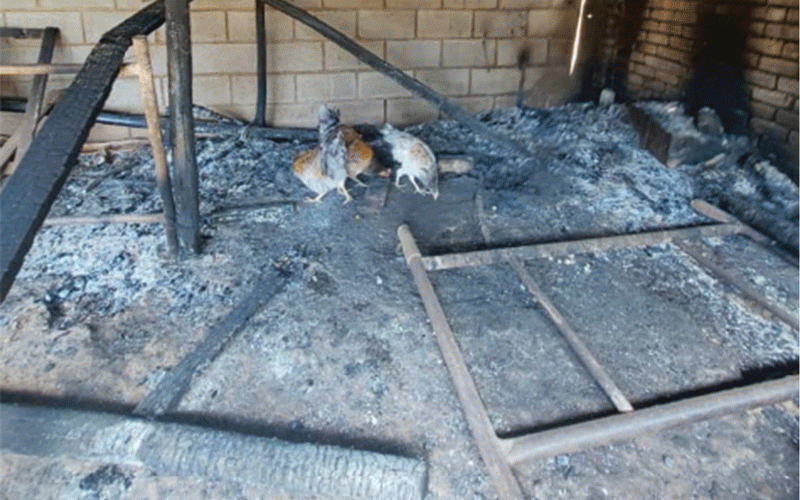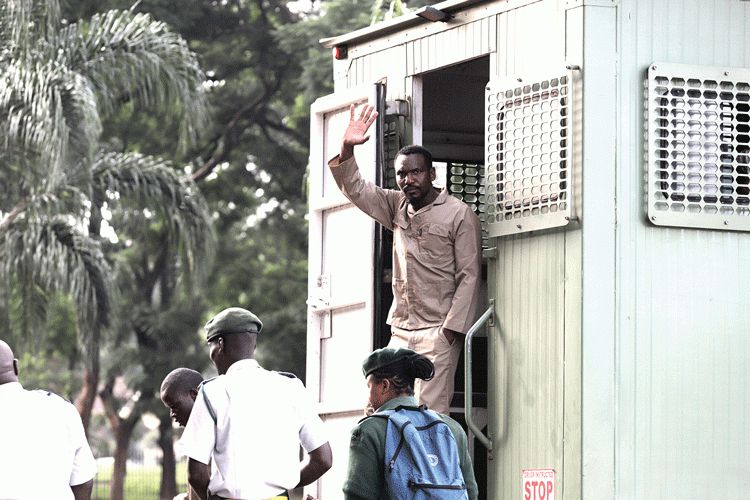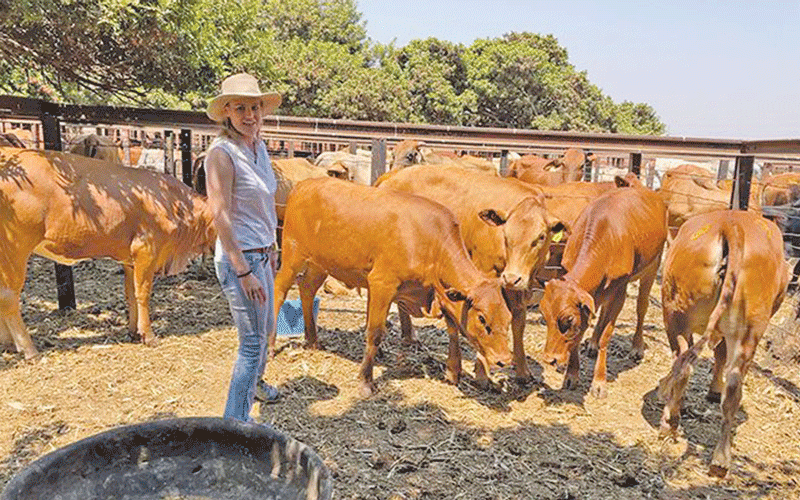The most commonly used phrase to refer to food losses is post-harvest food losses, notwithstanding its inadequacies in factoring in unsustainable practices like food waste. Concentrating and foregrounding food losses at the expense of waste, which is voluntary, forces people to narrow and situate post-harvest as an event rather than a process.
Usually there is a chain of activities involved in the food production processes, from the beginning to the end namely, transportation from source to the processing plants including to a variety of retailing networks. Normally, people as most important stakeholders in this chain of events are either bribed by print, broadcast media or they are told, lectured and even prescribed to. That happens when the food delivered at households has received the least coverage, yet it has to do much with human behaviour and attitudes that require etiquette.
In other words, the wastage of food at household levels is rather condoned and may not be anybody’s business to talk about. Food waste is not only inherent in communities that have food security but it is also found in communities that lack food security. This assertion may sound paradoxical and many may ask, how on earth can a starved society waste food? This is currently happening consciously or unconsciously, directly or indirectly hence affected communities have taken it as normal. Sometimes, individuals or small-scale farmers or horticulturists are heard lamenting about the market being flooded by foodstuffs. What happens when the market becomes over flooded? Responsible communities choose to watch as tomatoes, vegetables, fruits, among others waste away and eventually rot.
Post-harvest losses may be seen as covering the whole process involved but no one appears to be worried about what happens when food is bought, stocked and consumed at various households. What happens in households when families fail to deal with leftovers and decide to throw the food away, can it be described as food waste, no matter how much this can be contested or masked. Large quantities of food leftovers from household level are not only unfair to those starving and cannot afford but have a direct impact on the environment.
In this context, food losses and waste contribute to loss and damage to livelihood options and recovery. Food losses and waste should not be viewed in isolation but need to be contextualised in terms of sustainable development goals (SDGs). Communities require lenses that enable them to visualise food losses and waste in particular SDGs, among others. These are SDG1 (no poverty), SDG2 (zero hunger), SDG3 (good health and wellbeing), SDG12 (responsible consumption and production), SDG15 (life on the land), all in the context of SDG13 (climate action). All these SDGs combined would ensure food security and tighten screws on food losses and voluntary food waste. Conservation and food preservation at household level is paramount, lifesaving and a key livelihood practice and resilience building pillar.
If communities intend to grow food, and their main goal is to sell then they need to do market research for the placement of their intended product on the market. If they just grow without undertaking market research, then they will have to endure the agonising experience of watching their food stockpiles deteriorating and wasting away by day. If one buys food or grows food for consumption, it is necessary to adhere to the “empty and clean plate principle,” where one should eat what they are supposed to finish so that leftovers are minimised at all costs and food will not end up in the bin.
Keep Reading
- Village Rhapsody: In Zimbabwe poverty is biting the poor the most
- Zim maize output to drops by 43%
- Village Rhapsody: In Zimbabwe poverty is biting the poor the most
- Zim maize output to drops by 43%
These practices help to fight food negligence, careless handling and consumption injustices that have contributed to critical food scarcities and irresponsible handling of food items especially in communities overwhelmed by food insecurities. For those who rely on buying processed foodstuffs, FAO has it that, about 14% of food is lost before it reaches the retail and consumer levels but to the majority who grow their own food, it is lost and wasted when there is no buyer, market or responsible consumption behaviours.
It is significant in this regard, to practise value addition through preserving food using traditional methods or integrating traditional methods with current technological advancement and pathways, in order to avoid losses and waste. Toning down of the eating habits is not only good for food value chains but for human health too, by avoiding obesity, careless consumption patterns while adding toxins to the environment.
The food wasted will end up in landfills and other disposal sites thereby emitting unwanted greenhouse gases into the atmosphere. Although these foodstuffs would have been bought using personal money, it is also important to spare a thought for the hungry and starving in our vulnerable communities.
Each individual, in one way or the other, during their lifetime have wasted some food voluntarily and involuntarily, so it is in the best interest of food handling best practices that we value others in need by valuing the food we preserve.
The food wasted will end up in landfills and other disposal sites thereby emitting unwanted greenhouse gases into the atmosphere. Although these foodstuffs would have been bought using personal money, it is also important to spare a thought for the hungry and starving in our vulnerable communities.
Each individual, in one way or the other, during their lifetime have wasted some food voluntarily and involuntarily, so it is in the best interest of food handling best practices that we value others in need by valuing the food we preserve.
Peter Makwanya is a climate change communicator. He writes in his personal capacity and can be contacted on: petrovmoyt@gmail.com





